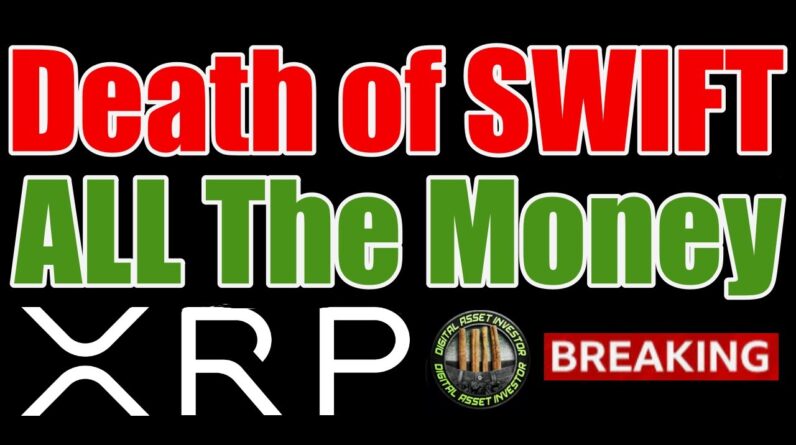The cryptocurrency industry is no stranger to controversy, but the recent publication of a Coindesk article, which has been widely criticized for its portrayal of Ripple’s stablecoin initiative and the XRP token, has sparked heated debate and raised questions about the role of journalism in the crypto space. This article aims to examine the claims made in the Coindesk piece, the responses from Ripple CEO Brad Garlinghouse and the broader crypto community, and the implications of such reporting for the future of the cryptocurrency industry.
The Ripple Stablecoin Initiative:
Ripple, a leading company in the blockchain and cryptocurrency space, recently announced plans to launch a stablecoin on the XRP Ledger (XRPL) and Ethereum networks later this year. This move is part of Ripple’s broader strategy to expand its offerings and explore new opportunities in the rapidly evolving digital asset landscape. However, a recent Coindesk article portrayed this initiative as a desperate pivot away from XRP, suggesting that the company is struggling to maintain relevance in the face of regulatory challenges and market competition.
Ripple CEO Brad Garlinghouse and the Crypto Community React:
In response to the Coindesk article, Ripple CEO Brad Garlinghouse and members of the crypto community have expressed their disappointment and frustration with the publication. Garlinghouse called the piece “embarrassing for the industry,” criticizing Coindesk for allowing “childish antics” to overshadow its credibility as a leading source of crypto industry coverage. He also highlighted the importance of unity in the face of resistance from legacy financial systems, urging the community to focus on collaboration rather than division.
The broader crypto community echoed Garlinghouse’s sentiments, with many taking to social media to voice their concerns and criticisms of the article. Some accused Coindesk of engaging in a smear campaign against Ripple and XRP, while others questioned the publication’s journalistic integrity and objectivity.
Implications for the Crypto Industry:
The controversy surrounding the Coindesk article raises important questions about the role of journalism in the crypto space and the impact of biased reporting on the industry as a whole. As the cryptocurrency sector continues to mature and attract mainstream attention, the need for accurate, balanced, and responsible journalism becomes increasingly important.
The backlash against Coindesk’s XRP failure article highlights the importance of maintaining journalistic integrity and the potential consequences of failing to do so. In an industry already plagued by misinformation and speculation, responsible reporting is crucial for fostering a healthy and well-informed community.
Conclusion:
The Coindesk article and the subsequent backlash from Ripple CEO Brad Garlinghouse and the crypto community have brought to light the ongoing challenges faced by the cryptocurrency industry in terms of media coverage and public perception. As the sector continues to evolve and mature, it is essential for journalists and media outlets to maintain high standards of objectivity and accuracy in their reporting.
By doing so, they can help foster a more informed and responsible community, ultimately benefiting the entire crypto ecosystem.
The post Unraveling the Anti-XRP Propaganda: A Critical Look at Coindesk and Its Impact on the Crypto Industry appeared first on The XRP Daily.







